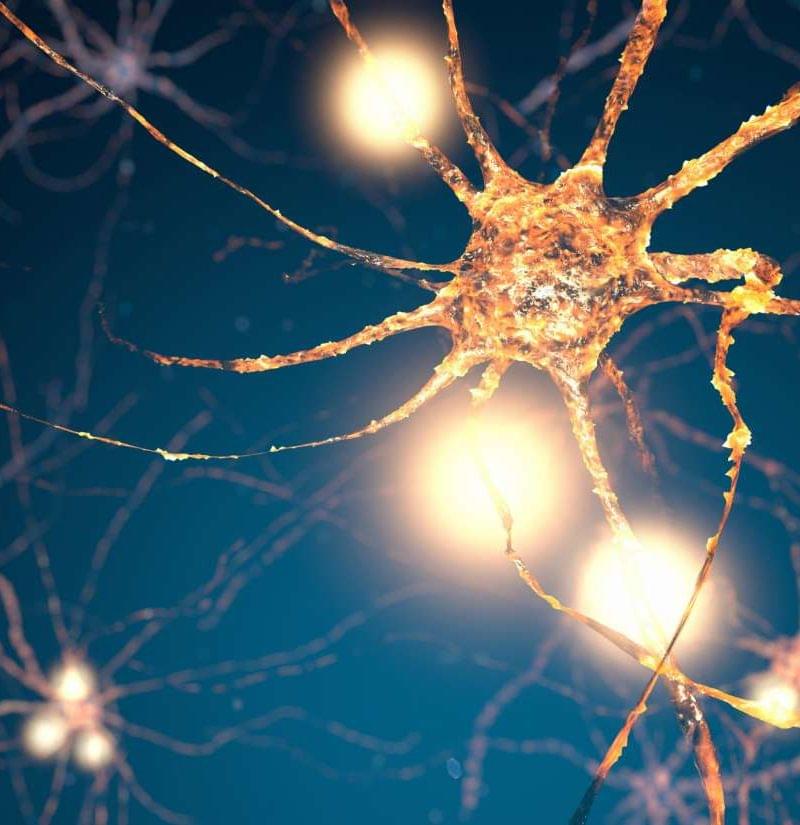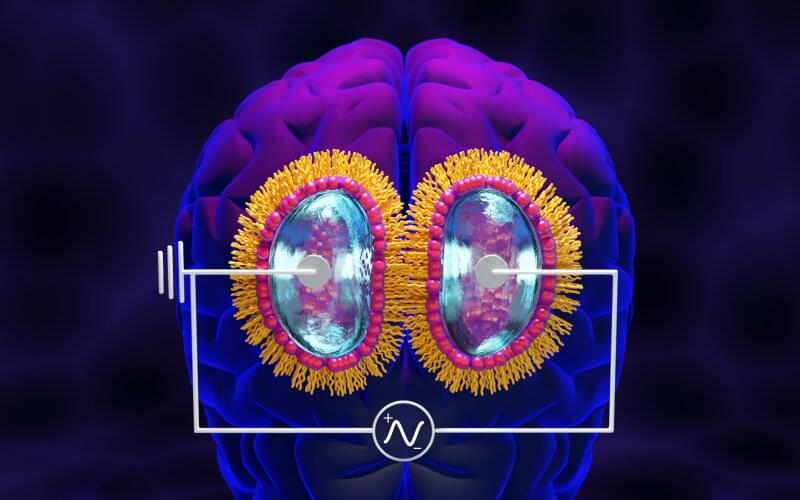Year 2019 😗
Scientists have shown how a drug cocktail of four compounds can convert glia, or support cells, next to damaged neurons into new working neurons.

On the 13th day of the Artemis 1 mission, the Orion spacecraft captured Earth slip behind the moon. The footage and has been time-lapsed and looped here.
Credit: NASA | edited by Steve Spaleta (https://twitter.com/stevespaleta)

To get a roundup of TechCrunch’s biggest and most important stories delivered to your inbox every day at 3 p.m. PDT, subscribe here.
Why, hello there, and welcome to your Tuesday Daily Crunch. I’ll be your host this week while Haje works from an undisclosed location where day is night and night is day. If you aren’t enjoying today’s Found podcast about tampons, we hope you at least saw stars at the TC Sessions: Space event. Let’s dig into some news! — Christine.

While studying how bio-inspired materials might inform the design of next-generation computers, scientists at the Department of Energy’s Oak Ridge National Laboratory achieved a first-of-its-kind result that could have big implications for both edge computing and human health.
Results published in Proceedings of the National Academy of Sciences show that an artificial cell membrane is capable of long-term potentiation, or LTP, a hallmark of biological learning and memory. This is the first evidence that a cell membrane alone—without proteins or other biomolecules embedded within it—is capable of LTP that persists for many hours. It is also the first identified nanoscale structure in which memory can be encoded.
“When facilities were shut down as a result of COVID, this led us to pivot away from our usual membrane research,” said John Katsaras, a biophysicist in ORNL’s Neutron Sciences Directorate specializing in neutron scattering and the study of biological membranes at ORNL.
Nanorobots are the next step in biotechnology and could be the hidden clue for curing cancer and other diseases for good. Nanotechnology doesn’t come without…
Many philosophers endorse physicalism, the view that everything is physical. But what is a physical property?
I offer private tutoring in philosophy. For details please email me: [email protected].
Support me on Patreon: https://www.patreon.com/kanebaker91
Donate to my PayPal: https://paypal.me/kanebaker91
My Discord: https://discord.gg/RUjwFdDDtK
0:00 — Physicalism.

Astronomers are in a state of bewilderment after they discovered strange blasts of radiation from space. Those blasts, known as gamma-ray bursts (GRBs), seem to come from a black hole that is developing slowly after two stars merged. According to NewScientist, gamma-ray bursts come in two categories: short GRBs and gamma-ray explosions: short GRBs and long GRBs.

The new guidelines provide restrictions and regulations for creators submitting art.
Adobe has now started accepting AI-generated stock images on its platform, but with regulations. The company updated its guidelines.
Image credit: Left: Adobe Stock / Art Master, Middle: Adobe Stock /Robert Kneschke, Right: Adobe Stock / Forest Spirit.
Adobe Stock, a global marketplace with over 320 million creative assets, has defined new guidelines for submissions of illustrations developed with generative AI — expanding how customers enhance their creative projects. Early generative AI technologies have raised questions about how it should be properly used. Adobe has deeply considered these questions and implemented a new submission policy that we believe will ensure our content uses AI technology responsibly by creators and customers alike.
Generative AI is a major leap forward for creators, leveraging machine learning’s incredible power to ideate faster by developing imagery using words, sketches, and gestures. Adobe Stock contributors are using AI tools and technologies to diversify their portfolios, expand their creativity, and increase their earning potential. Going forward, these submissions must meet our guidelines for AI generated content, notably including our ask that contributors label generative AI submissions.
The new concepts are part of the company’s initiative to get the aviation industry to net-zero by 2050.
Brazilian aerospace company Embraer announced new aircraft concepts this week to reduce carbon emissions. The new concepts would also help the aviation industry meet its net-zero climate goals by 2050, a company report explains.
The news comes a year after the company detailed the study of four new aircraft concepts powered by new technologies and renewable energies amid the backdrop of the COP26 climate conference in Glasgow, Scotland, which addressed what governments can do to avert the worst effects of climate change.
It can be specifically useful in the robotics and manufacturing industries.
Researchers from the University of Minnesota, Twin Cities, use ultrasound waves to move objects hands-free, according to an institutional press release.
It has been shown in previous studies that objects can be manipulated with light and sound waves, too. But the objects in question were always far smaller than the wavelengths of either light or sound or on the order of millimeters to nanometers.